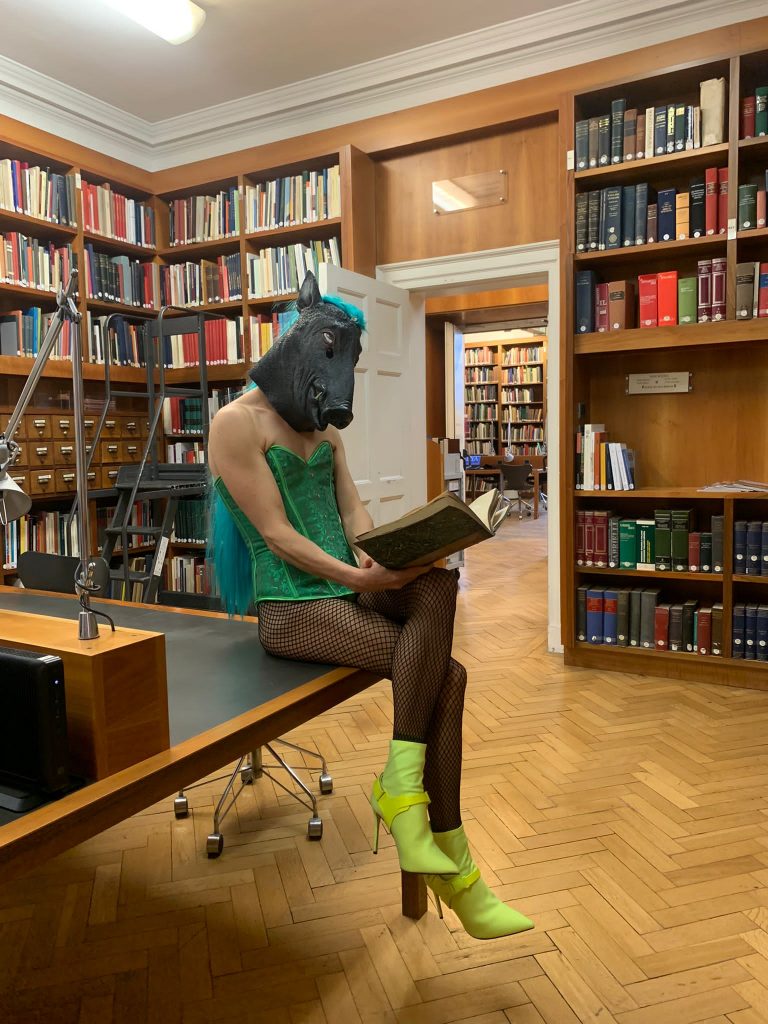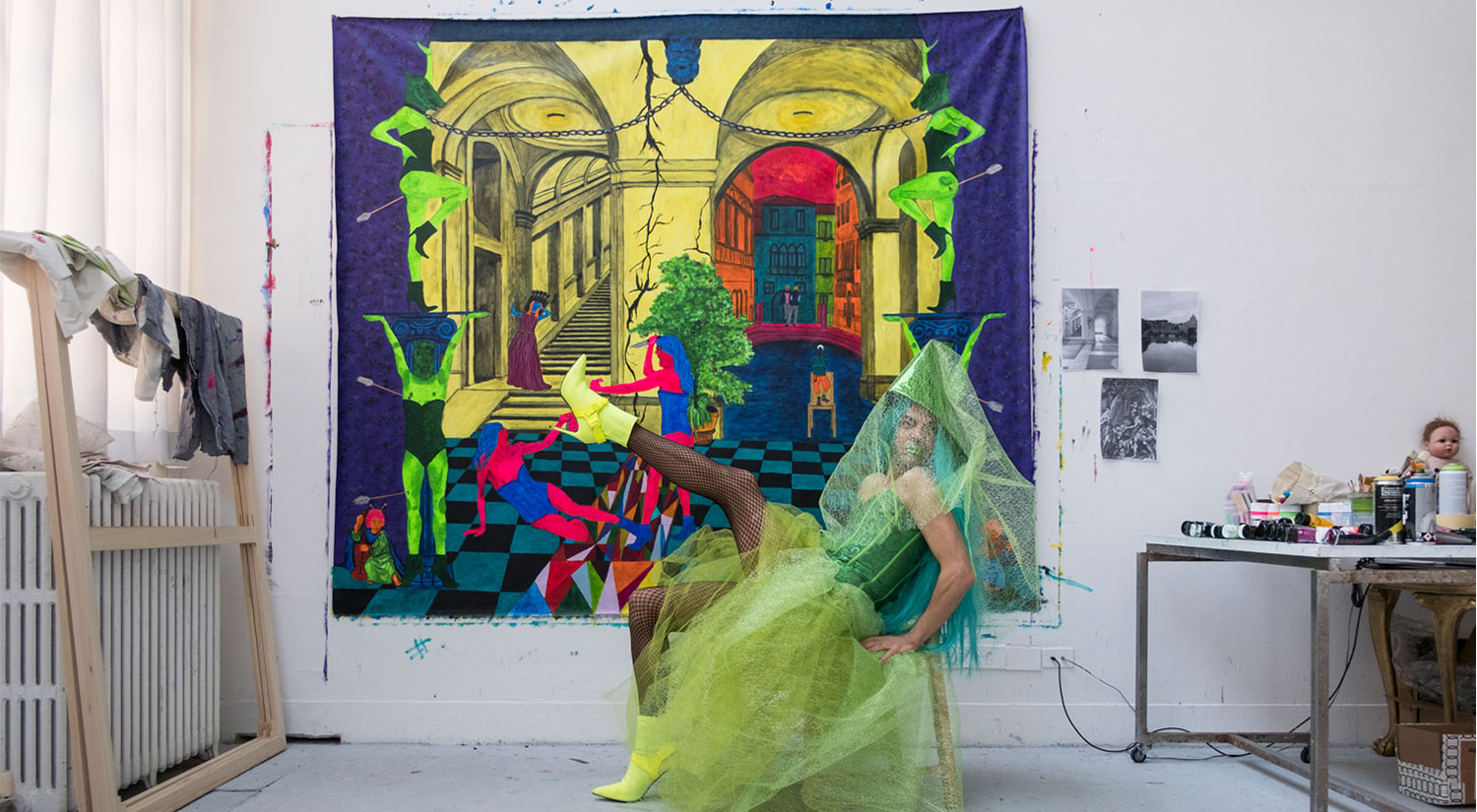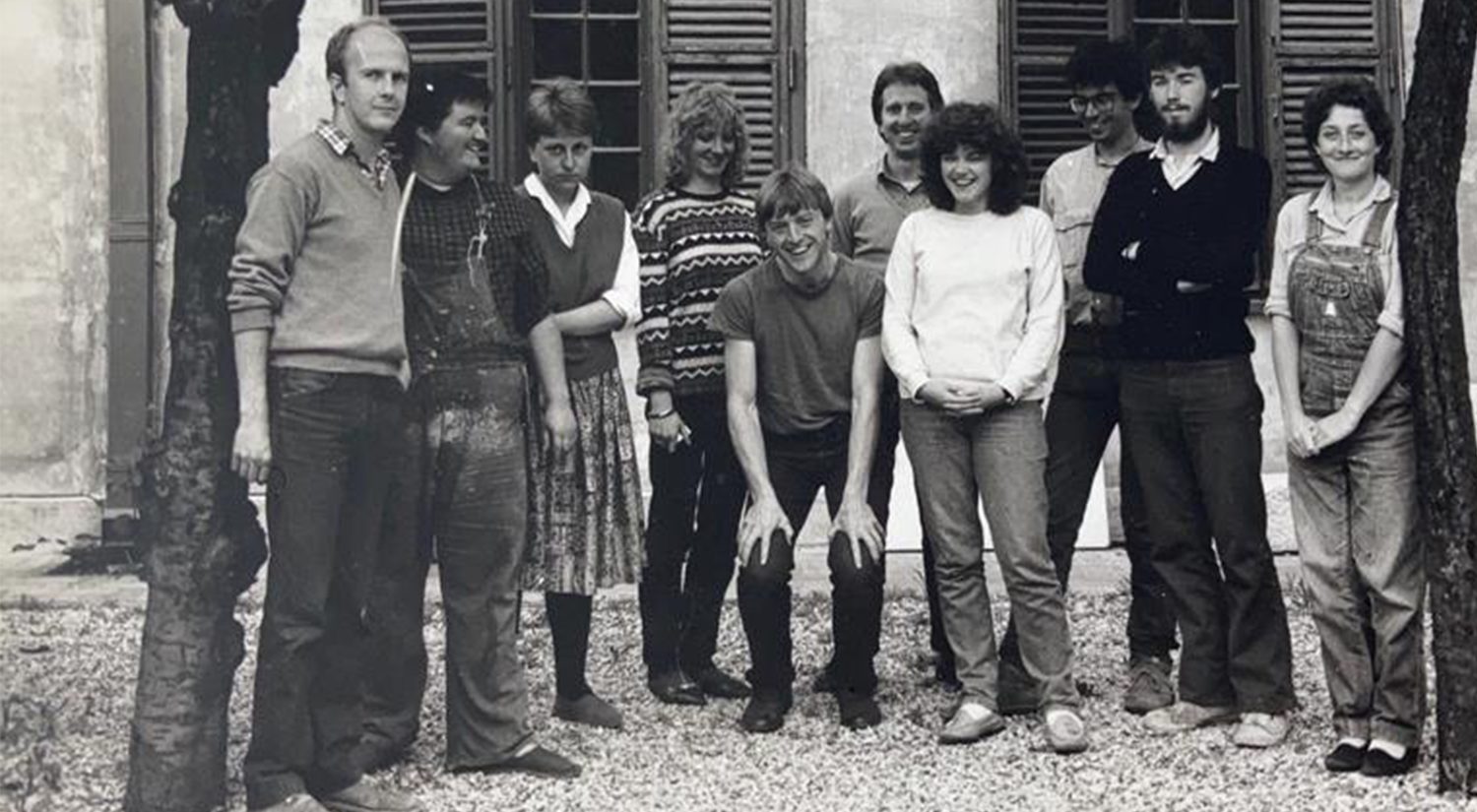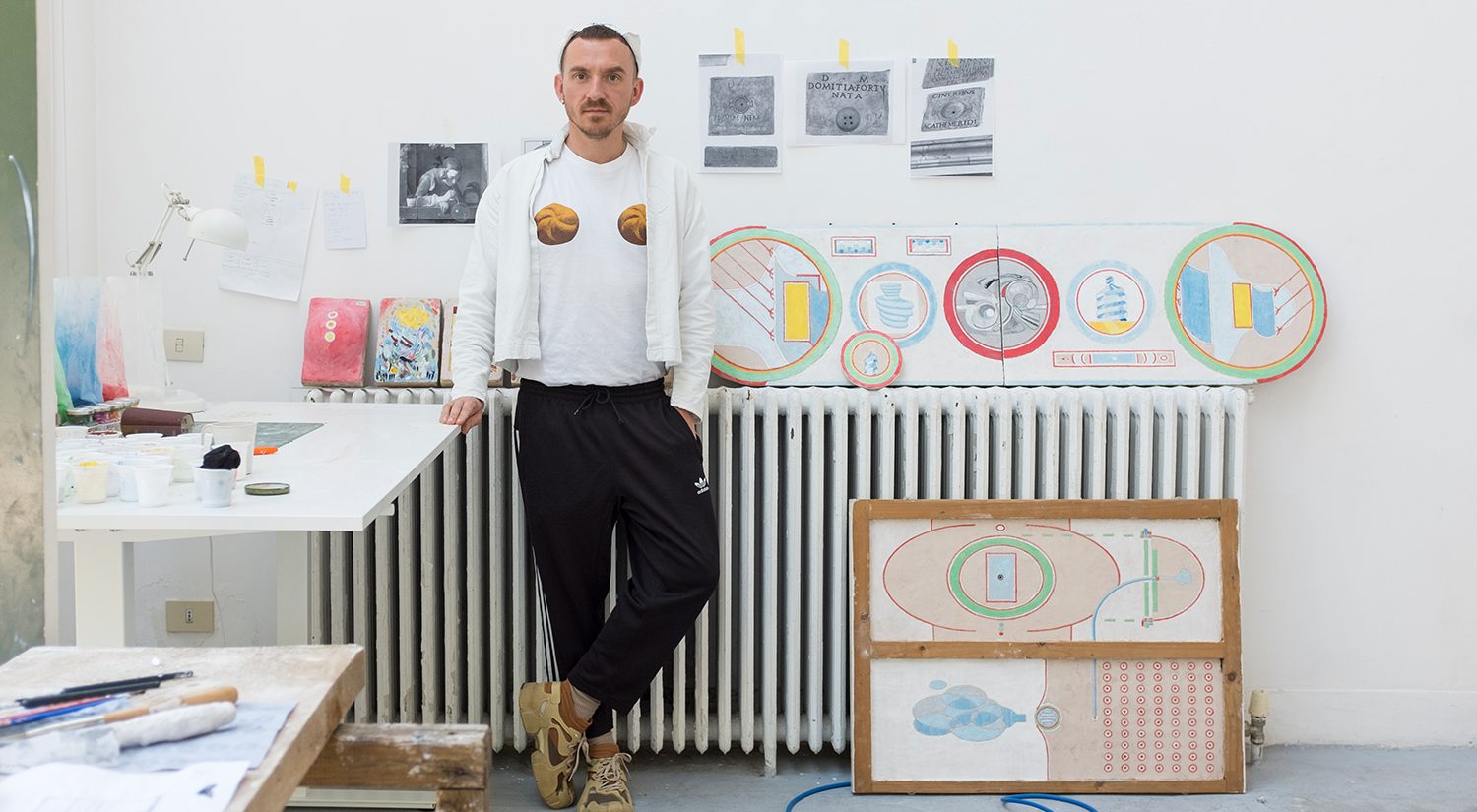An interview with Claudio Pestana, Abbey Scholar in Painting, in which they speak about the work they have produced during their residency at the BSR from September 2021–March 2022, ahead of the March Mostra.
Recently you have filmed yourselves throughout the BSR, including the library and courtyard. Can you tell us about the process and response to your queering of our spaces?
I came to Italy/Rome drawn by the history of the Grand Tour and how it was fundamental in the development of touristic travelling, which has lasted to this day through multiple transformations – through wars, recessions, and pandemics. As performativity has become more present in my mind and studio practice in the course of my residency at the BSR, my research has naturally turned to the performativity of travelling.
Being in Italy, I benefit from having access to some of the most significant and wonderful art collections in the world, and the history of civilisation (or at least a section of it) is recorded in these collections. So as an artist doing a residency in Italy, I am also an art tourist and, as such, I use video recording to capture moments of the performativity of being an artist and a visitor/tourist. Much like the Grand Tourists of the past did (many of whom were artists), when they wrote their travel journals and letters, and commissioned their portraits from the likes of Pompeo Batoni.
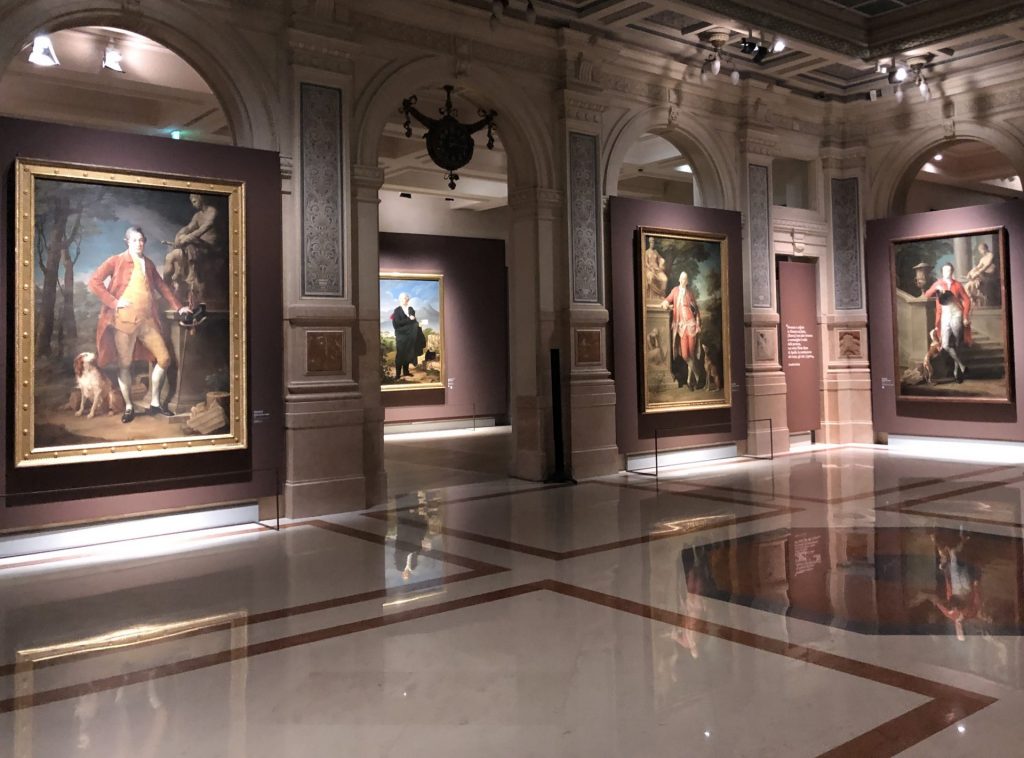
As I am Queer, the performativity inherent in negotiating relationships with others and the space that I inhabit as an artist and a visitor is innately queer.
But it is not an easy endeavour, because it is a process of confronting and expunging the shame that I internalised growing up experiencing homophobic abuse on a daily basis. That is why I created ‘Fag Attacks the Country’ and I am now living ‘Fag Goes on the Grand Tour of Italy…’; these gestures emerged as the strengthening of my agency as a queer person. The BSR, as much as it is a traditional institution (ironically with many quirks that actually make it queer in its broad sense of the word), it has been an enabling space – and an adoptive family, really – where I have felt safe and free enough to be queer and play in the way that I couldn’t do in my formative years.
But I am also always looking at history and I hold in mind how queer travellers have had throughout the times, and sadly still to this day in many countries in the world, to hide their identity, always be on the move – the right for intimacy never granted. One such traveller was the British painter and engraver Thomas Patch (1725 – 1782), who in 1755 was banished from Rome by the Tribunale della Santa Inquisizione, accused of “homosexual indiscretion”. Patch fled to Florence, where he produced numerous caricatures of English Grand Tourists, and often including himself as a sitter.
So I see it as an important task to queer the phenomenon of travelling/tourism and the places one travels to.
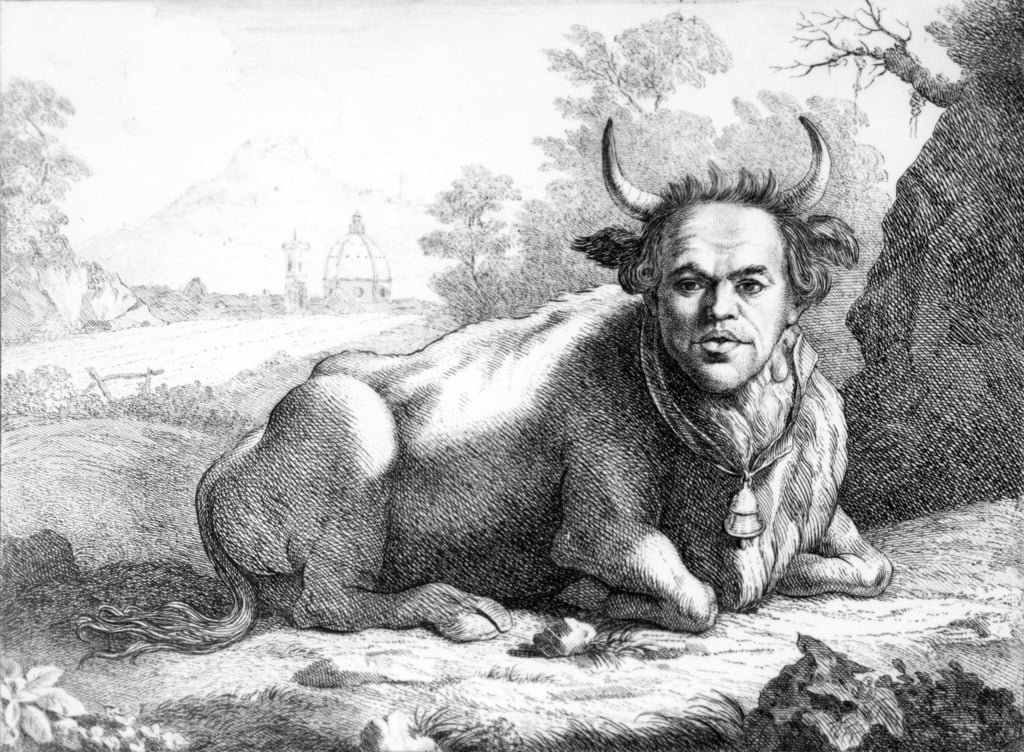
Part of your performance engages with the presence of cinghiali (wild boar) in Rome. How have the cinghiali impacted on your practice?
Before coming to Rome, the image of the wild boar had already shown up in my work. The wild boar has a strong presence in Lusitanian (Portuguese) mythology where it is said that Turiacus, a Celtic-Lusitanian god of power, was worshiped by the Grovii. Some suggest that the name of the deity has its origin in the word torc, which in Irish and Scottish Gaelic means wild boar. Much like the wild boar was seen by ancient cultures as being strong and fearless, so was Turiacus, a warrior god, known for being wild, fearless and brave.
The wild boar has now re-emerged in a different context – in Rome, where the cinghiali have “invaded” the urban space . The cinghiali have even been politicised and at one stage the previous mayor of Rome, Virginia Raggi, said:
“My detractors continue to use photos and videos of wild boar around Rome, giving me full responsibility”
To me the cinghiali represent otherness, the wild and unsavoury aspects of oneself. They challenge the order and the veneer, and they are vilified – much like a queer being. So now a new kind of cinghiale has arrived on the scene. A queer one:
Ave Cliza.
Cliza is the transmogrified offspring of Maria Da Cona and Julia No Strings, who after receiving the blessing of the Silver Face Shaman travelled to Rome and brought to the world a beautiful non-gendered performative being born with the gift of healing shame. Much like a modern-day Saint Dymphna, healer of “psychiatric disorders”, Cliza’s mere presence expunges all shame from those afflicted by it. Where it all goes is a mystery. Some say Cliza carries all that shame with them, others say that Cliza is a conduit between this plane and another dimension where shame is a priceless source of creative energy. Cliza is a cross between Saint Dymphna and Turiacus – Cliza is a healer, but also a destroyer (of conventions). For there to be health there has to be destruction.
Cliza also happens to paint, and do other such things as said to be “artistic”. Whilst in Rome, during my residency, occasionally we merge and do those said things together. One of the things Cliza and I are doing is queering the space we inhabit.
